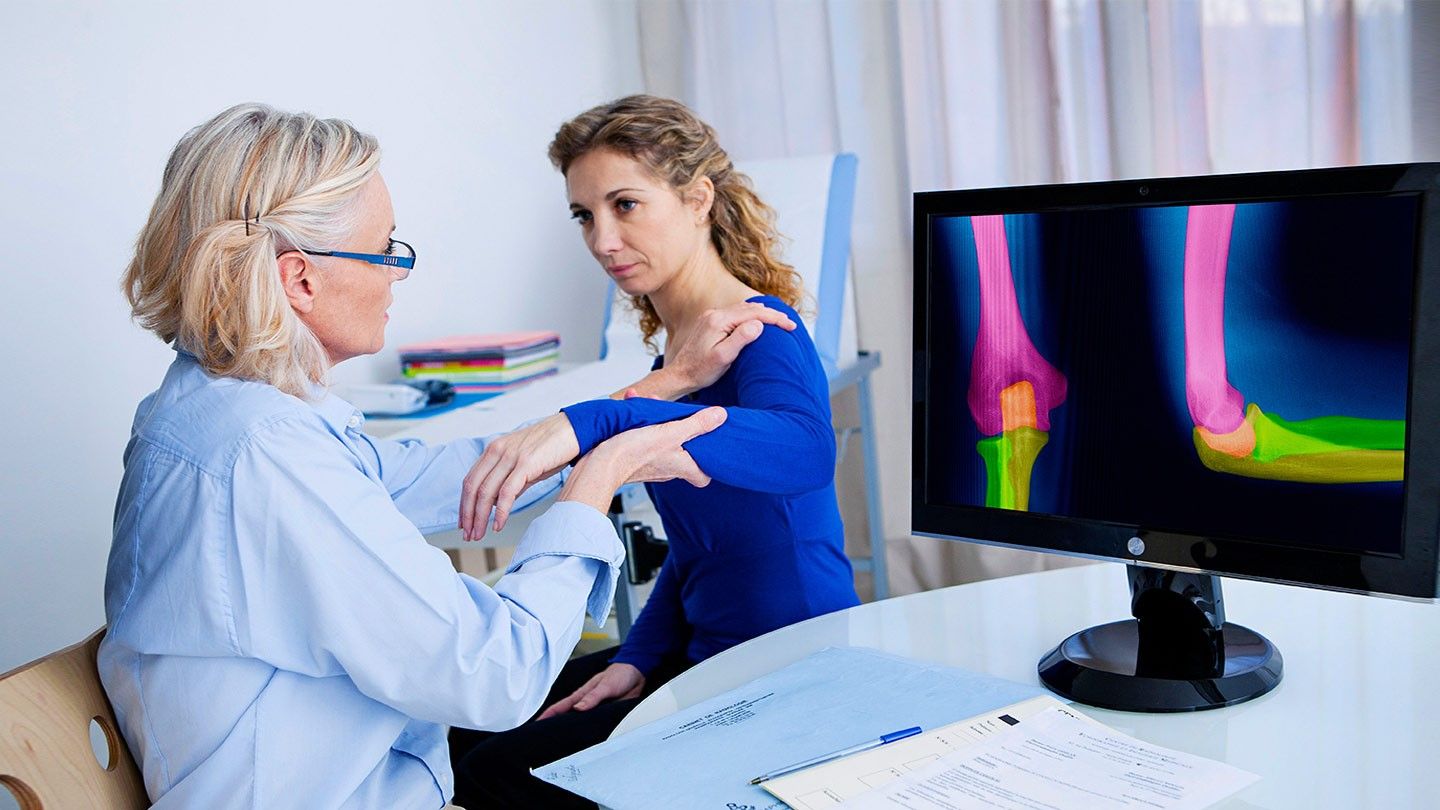
Measuring the cost-effectiveness of vaccines targeting infectious diseases
The cost-effectiveness of vaccines targeting infectious diseases has been a topic of great interest in recent years. With the increasing burden of infectious diseases worldwide, it is imperative to find ways to prevent their spread and reduce the economic and social impact they have on individuals, communities and nations.
Vaccination is one of the most effective strategies for controlling and preventing the spread of infectious diseases. The cost-effectiveness of vaccines can be determined by evaluating the costs of vaccine production, distribution and administration, as well as the benefits of reduced morbidity and mortality due to the prevention of disease.
Vaccination programs have been shown to be highly cost-effective in preventing the spread of infectious diseases. For example, the World Health Organization (WHO) estimates that the cost of vaccinating a child against measles is around US $1, while the cost of treating a case of measles can range from US $100 to US $400.
This highlights the significant cost savings that can be achieved through vaccination, which can ultimately lead to a reduction in the overall burden of disease in a population.
To reduce the direct costs associated with treating infectious diseases, vaccines can also lead to indirect cost savings. For example, the reduction in the spread of infectious diseases can result in a decrease in the number of lost workdays and decreased productivity due to illness.
Furthermore, the prevention of outbreaks can also reduce the cost of disease control measures, such as quarantine and screening efforts.
The cost-effectiveness of vaccines is further enhanced by the indirect benefits they provide, such as reducing the risk of disease transmission to others in the community, and reducing the risk of developing long-term health problems associated with certain infections.
For example, the hepatitis B vaccine not only protects against hepatitis B infection but also reduces the risk of developing liver cancer, which can be a long-term complication of chronic hepatitis B infection.
Despite the clear benefits of vaccination, there are still challenges in ensuring that all individuals have access to vaccines. For example, in many low- and middle-income countries, vaccine prices can be a significant barrier to access, as the cost of vaccines can represent a large proportion of a family’s monthly income.
To address this issue, many countries have implemented programs to provide free or low-cost vaccines to those in need. In addition, the global vaccine market has become more competitive in recent years, which has led to lower vaccine prices and improved access in many countries.
Another challenge to ensuring the cost-effectiveness of vaccines is the need for ongoing investment in research and development. The development of new vaccines, as well as improvements in existing vaccines, requires significant financial and human resources.
However, this investment can lead to substantial benefits in terms of reduced disease burden, improved public health and economic benefits.
Conclusion
Measuring the cost-effectiveness of vaccines targeting infectious diseases is crucial for decision-makers to allocate resources effectively and prioritize public health interventions. Vaccines can provide significant health benefits by reducing the spread of disease and the burden of illness, and they can also lead to cost savings in terms of medical expenses and productivity losses.
Cost-effectiveness analyses can help to determine the most cost-effective strategies for vaccination programs and to identify areas where additional resources may be needed. The results of these studies can inform policy decisions and support investment in immunization programs that have the potential to improve health outcomes and reduce the economic impact of infectious diseases.
Visit DocMode for Courses and lectures










